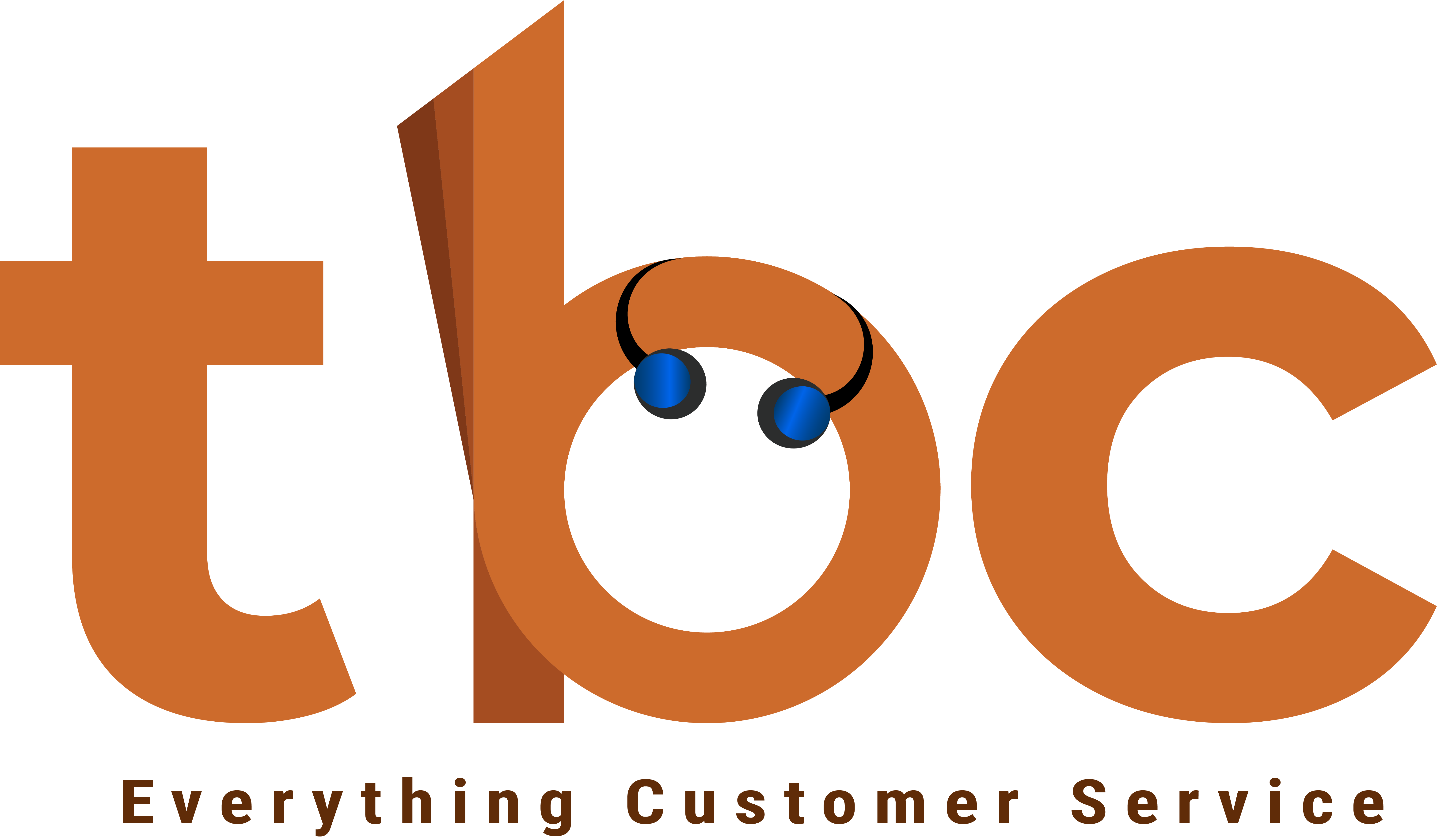Recently, I called up our service provider, who developed and hosted our website. We have been working with them for the past three years. They didn’t update the site’s SSL certificate, and people couldn’t access the site.
All we wanted them to do was to download the SSL and install it. But, we were told that their system administrator is available only later in the night, and they can get it resolved only after a day.
The website not being accessible was a complete ‘NO’ for us. So, we requested them to get it resolved immediately. The response from them was that it wouldn’t be possible.
So, we took it up, and we did the installation ourselves.
What were the issues here?
- Employees who did not understand our needs.
- The expectation that we would be willing to wait a day for a simple but critical request
- Unresolved issue
What would you do with this kind of experience?
Naturally, we have started evaluating other vendors who can provide this service.
How do you get your customer experience strategy, right?
Customer Experience (CX) is the result of every interaction a customer has with your business, pre-and-post-sale. This can be from the moment they read about you in a blog, their visit to your website, their interaction with your sales, product teams, customer service, and support.
While evaluating your customer experience strategy, you should include all your departments and not just your customer-facing roles.
Read more: How do you provide excellent customer experiences?
Some pointers in figuring out your customer experience strategy:
- Look at your customer support function and look for metrics like Net Promoter Score, customer satisfaction score, and customer churn rate. If you’re scoring below expectations, this would be a good starting point to dig deeper.
- Create a customer journey map. It would outline all the interactions between a customer and your business, including any challenges found along the way.
- Once you understand where you ought to improve, share this information with your team and train them to handle the service better.
- Map out the different ways your customer would feel about their interactions with you. Always act towards delighting your customers and in their best interests.
- Do proactive customer service by enabling your customer success teams to work closely with your customers to prevent issues, enhance adoption and business value.
- Ensure that you have self-service tools, as customers prefer to get their basic needs addressed with chatbots and knowledge bases.
- Continuously collect feedback from your customers. Never leave a customer without interaction for more than six weeks.
- Track the performance of your customer service and support teams regularly.
These are good starting points that would allow you to define your customer experience strategy and vision. With this in place, you can proactively and progressively keep improving the customer experience function for your customers’ benefit and delight.




